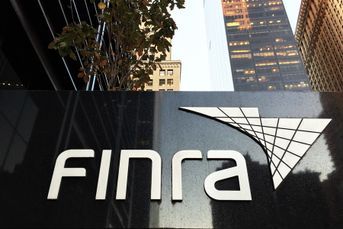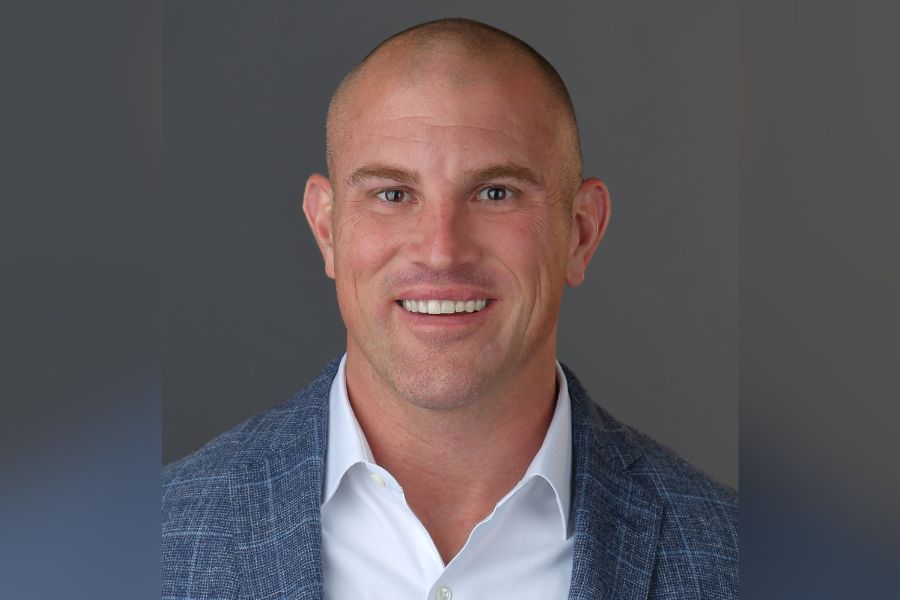New iPhone can end the days of carrying around two phones

Advisers can have work and personal numbers on one device, but can't forget about compliance.
Apple introduced the world to three new iPhones and a new Apple Watch on Wednesday, focusing on evolutionary upgrades — a faster processor, better camera, crisper screen and longer battery life. But more than revolutionary new features, one announcement could be great news for all those financial advisers who carry two phones around with them.
The company announced Dual SIM capabilities for the new iPhone XS and iPhone XS Max, allowing users to have two different phone numbers from two different carriers both operating on the same phone.
That means advisers can connect their work mobile number and personal cell phone number onto the same device and decide which account to use for accessing data, making calls or sending messages.
(More: Securities America latest broker-dealer to let advisers use text messaging)
In addition to freeing up pocket space and not having to juggle multiple $1,000 pieces of technology (I’ve you seen in the hallways at conferences, trying to figure out which one is buzzing), the iPhone’s software will help users distinguish between the two lines.
For example, you can set the iPhone to send incoming calls to the work number straight to voicemail after 8:00 p.m., or when you’re on vacation. If you’re traveling abroad for business, you can get a cheap, local SIM account or use your corporate line while avoiding accidental international charges to your personal account.
Dual SIM is already available on Android devices. But Apple’s new phones do not require the owner to buy a physical SIM card. Just plug the number into the operating system and switch between lines like you would between Netflix user accounts.
Brian Hamburger, the founder and CEO of MarketCounsel, already uses Dual SIM and calls it “a way underrated” feature that is “incredibly useful when you’re traveling.”
“I know a lot of folks who carry both a business and a personal cell phone,” he said. “This is great, the glory days.”
However, it could open a new avenue for a nefarious adviser to bypass security protocols. Simply activate a new number, make some calls the firm doesn’t know about, then deactivate the number. It’s like a digital burner phone.
(More: Advisers are texting, but are they compliant?)
Mr. Hamburger doesn’t think this will be a big use. After all, nearly every adviser has separate email accounts for personal and business use, and this shouldn’t be much different, he said.
Like with other digital communications, the onus will be on compliance teams and archiving technology to develop solutions that enable advisers to take advantage of Dual SIM.
“The larger story here is that technology is always going to advance far faster than regulations can keep up,” Mr. Hamburger said. “The question becomes, can the rules and regulations be written in such a way that allows firms to do what they need to do without having to be updated and rewritten all the time.”
Current archiving solutions, like Smarsh, require advisers to install software on the device that creates a separate and compartmentalized environment before they can use a separate number for phone calls or text messages. Mike Pagani, Smarsh senior director of product marketing, said Dual SIM would streamline the solution and make it easier for personal devices to be compliant.
What remains to be seen is how Apple will manage contacts and other device settings related to the phone number. For example, archiving technologies like Smarsh can’t access iMessage because of Apple’s encryption, so for Dual SIM to be compliant, there will need to be a way to deactivate iMessage on the business number.
“Apple stated that there will be a setting for each contact that can be configured to dictate which SIM to use for calls and messaging for that contact, so that is promising,” Mr. Pagani said.
Apple’s most advanced technology also can’t save you from accidentally tweeting from the wrong account or sending a text message to the wrong person. As always, some human discretion is still required.
Learn more about reprints and licensing for this article.








